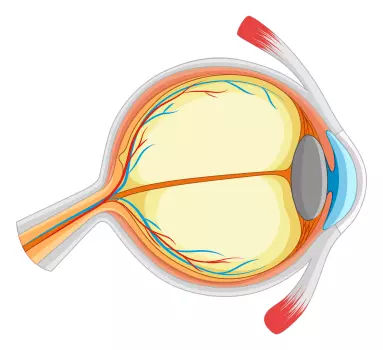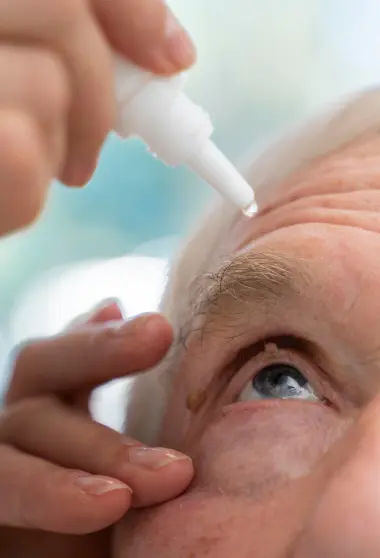
About Uveitis Eye Surgery
Recognising Uveitis Warning Signs
Understanding the Types of Uveitis
Causes and Treatment
Medicines called steroids can reduce inflammation in your eye. This can ease symptoms
and prevent vision loss. Your eye doctor may prescribe steroids in a few different ways:
Eye drops. Prescription eye drops are the most common treatment.
Pills. Your eye doctor may also prescribe steroids as a pill.
Injections. In some cases, your eye doctor might put the steroid in or around your eye
with a small needle.
Implants. If other treatments don’t work, your doctor might suggest surgery to put a
small device called an implant into your eye. The implant gives you regular small
doses of the steroid over time.
It's important to note that steroids can have side effects and may increase the risk of cataracts and glaucoma. Regular eye exams are crucial to monitor for any signs of these issues, and adhering to your treating eye doctor's follow-up schedule is essential.
In addition to steroid treatment, your treating doctor may recommend immunomodulator therapy or biologicals to modulate the immune system's response. They may also advise consulting a rheumatologist for specialised care, emphasising a multi-disciplinary approach to managing uveitis.
Signs & Symptoms

Eye redness.

Eye pain.

Light sensitivity.

Blurred vision.

Dark, floating black spots in your field of vision (floaters).

Decreased vision.

Cloudy or foggy vision

Expert Uveitis Eye Treatment in Andheri
Testimonials from our patients
We understand that clear and enhanced vision is a precious gift that transforms lives. With each individual and family, we’ve had the privilege to serve, our commitment to exceptional eye care has yielded more than just healthier eyes! We proudly share the heartfelt experiences of our patients, who have entrusted us with the chance to serve them, enhancing their life experiences.



















